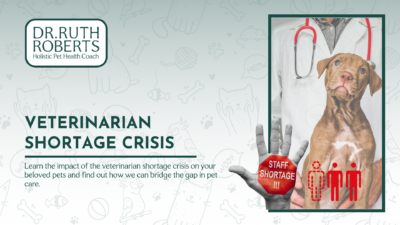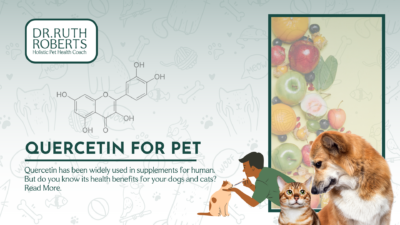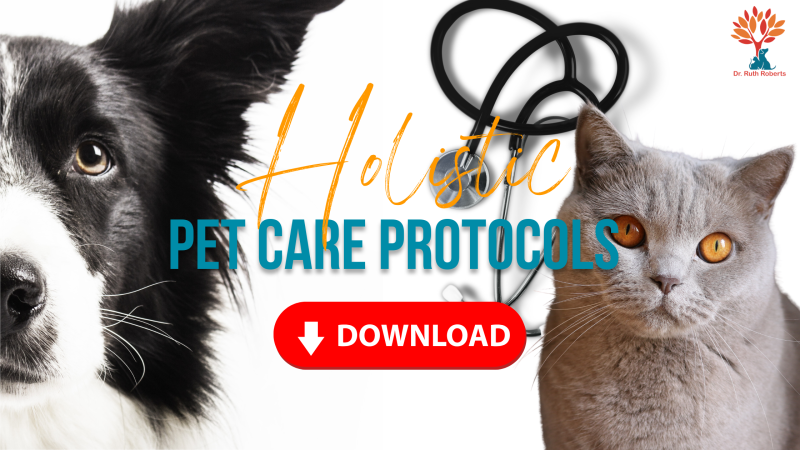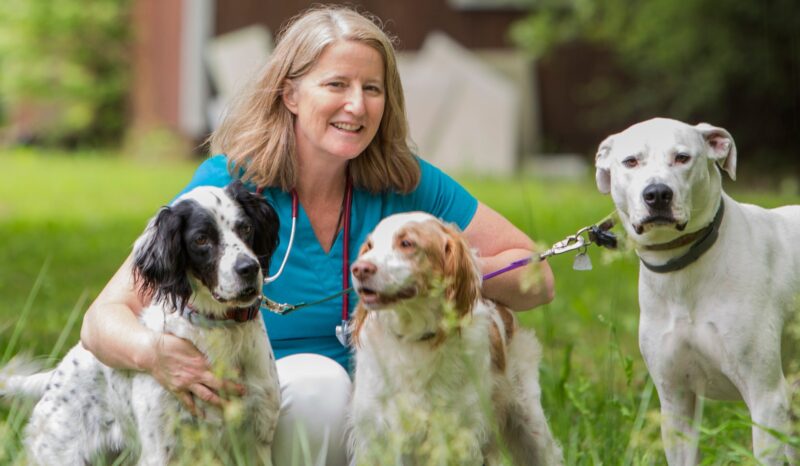Pet First Aid: Is it Worth the Training?

Before you even think about taking your dog to the vet, you need to know how to give them first aid. You never know when an emergency will happen, and if it does, it’s important that you’re prepared. In this post, we’ll explain why it’s important to learn these skills and what they entail!
Can you use first aid on dogs?
Yes, you can use first aid on dogs. Although it may seem a little counterintuitive at first, dogs can be trained to respond to some basic first aid procedures. Dogs are also capable of learning how to perform basic tasks like opening doors and turning on lights.
Choking is one of the most common reasons that people give their pets first aid (the other reason is injuries). A dog who is choking needs his airway cleared by performing abdominal thrusts, which involve pressing firmly against the abdomen in an upward motion until the foreign object dislodges from the throat or the windpipe opens up again.
How long does a dog first aid course take?
The length of a first aid course depends on the school and method of instruction. Some courses are only a few hours long, while others can last for several days. If you’re interested in online or distance learning, or if you want to learn at your own pace, then an online course might be right for you.
Some places offer both online and in-person options; however, some places don’t teach people how to administer CPR on pets—so make sure it’s safe for everyone involved before enrolling in any training program! You should also check that all equipment is up-to-date and safe (no expired medications).
First Aid for Dogs: What You Need To Know
If you need to give your pooch some immediate care after an accident or injury, here are some tips: First things first—don’t panic! If your dog is bleeding profusely from wounds or has lost consciousness due to trauma, call 911 immediately and get professional help from a veterinarian as soon as possible so they can stabilize him/her before transporting him/her over there by using something such as an animal carrier designed specifically for this purpose!
What are the 5 rules of animal first aid?
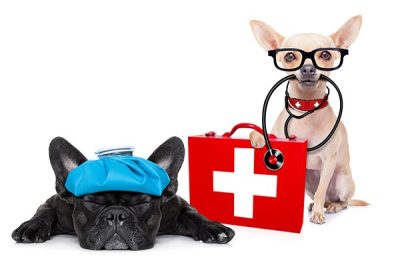
When it comes to attending to an injured animal, there are four rules you should always follow:
- Call a vet if the situation is serious or life-threatening.
- Keep the animal calm by speaking softly and avoiding loud noises or sudden movements (e.g., shaking a dog’s paw).
- Keep the animal warm by covering them with blankets, towels, or jackets; if necessary, build a fire outside of your home and keep their body near it until help arrives (make sure they’re not too close to avoid burns).
- Do not give food or water; instead wait until after treatment has been administered so your pet doesn’t get sick from ingesting anything while being treated (if they’re unconscious don’t worry about this rule because they won’t be able to eat anything anyway).
Never put fingers inside an animal’s mouth—you don’t know what could happen! You could lose fingers if bitten by accident; besides that there are bacteria on all dogs’ mouths which can make humans sick when ingested through cuts in the skin from bites/scratches sustained during playtime activities like fetching toys off lawns where other animals may have urinated earlier in day before being mowed down later in evening hours after sunset when temperatures drop causing grass blades become brittle enough snap off easily under foot causing injury such as punctures wounds bleeding out quick death loss circulation faster than expected time frame due lack appropriate first aid knowledge.
The last two rules are important because they’ll keep you safe as well as prevent further harm from being inflicted upon your pet.
How do you give your dog first aid?
First aid for dogs is just as important as it is for humans. As a responsible pet owner, you should know how to administer first aid in an emergency. When it comes to giving your dog first aid, there are certain steps that you can take when administering care.
First and foremost, if your dog has been choking on something and needs help breathing, the first thing you should do is remove whatever object may be causing this problem. After removing the foreign object from your dog’s throat, check his or her mouth for bleeding or any other signs of injury that might require further medical attention. If necessary (and appropriate), call 911 immediately so that professional medical staff can attend to your canine friend until they arrive at your location.
How do you give CPR to animals?
If you are in a situation where you need to perform CPR, the first thing you should do is call 911. If your pet’s condition allows, then follow these steps:
- Check their airway and remove any foreign objects that may be blocking it. If they are unresponsive and have trouble breathing, start chest compressions as soon as possible. A small animal can die within 15 minutes if its heart stops beating due to lack of oxygen!
- Use a pet first aid kit containing a pet-sized oxygen mask and/or other necessary supplies for performing CPR on an animal. Be aware that sometimes these kits aren’t easy to find at local stores so make sure it is stocked before hand so there’s no delay in treatment time when an emergency arises!
First aid is a very important skill to have, but it’s not one that any pet owner can learn on their own. You need training and experience before you start caring for injured animals. I hope this article has helped you make up your mind about whether or not pet first aid training is right for you!

